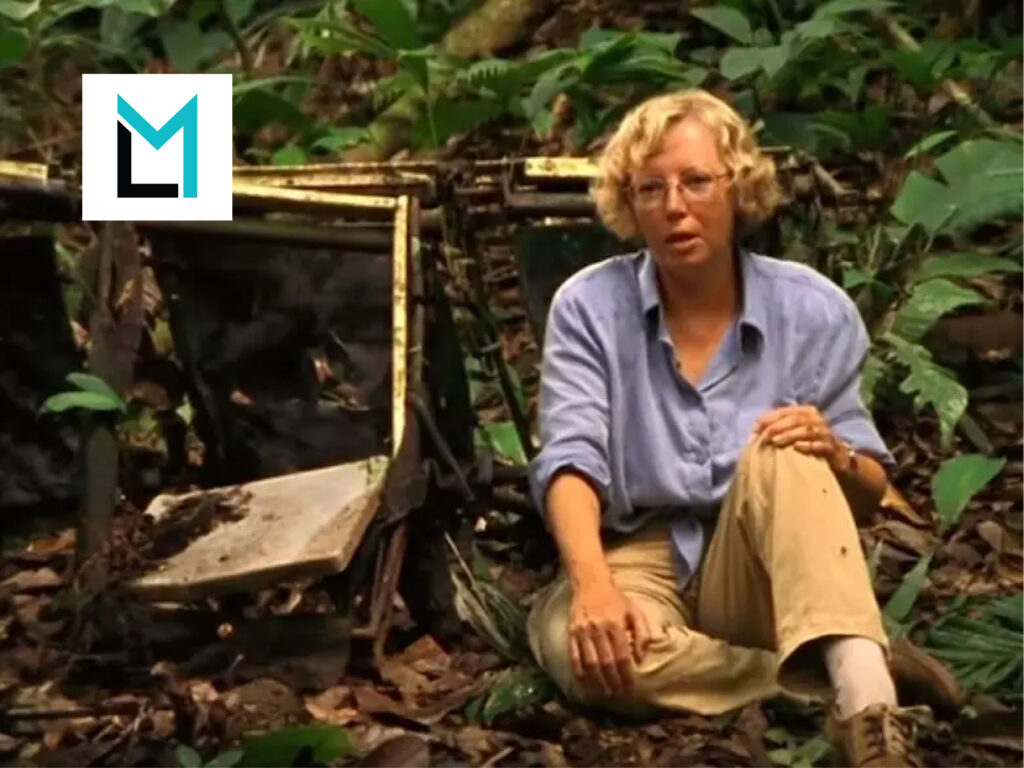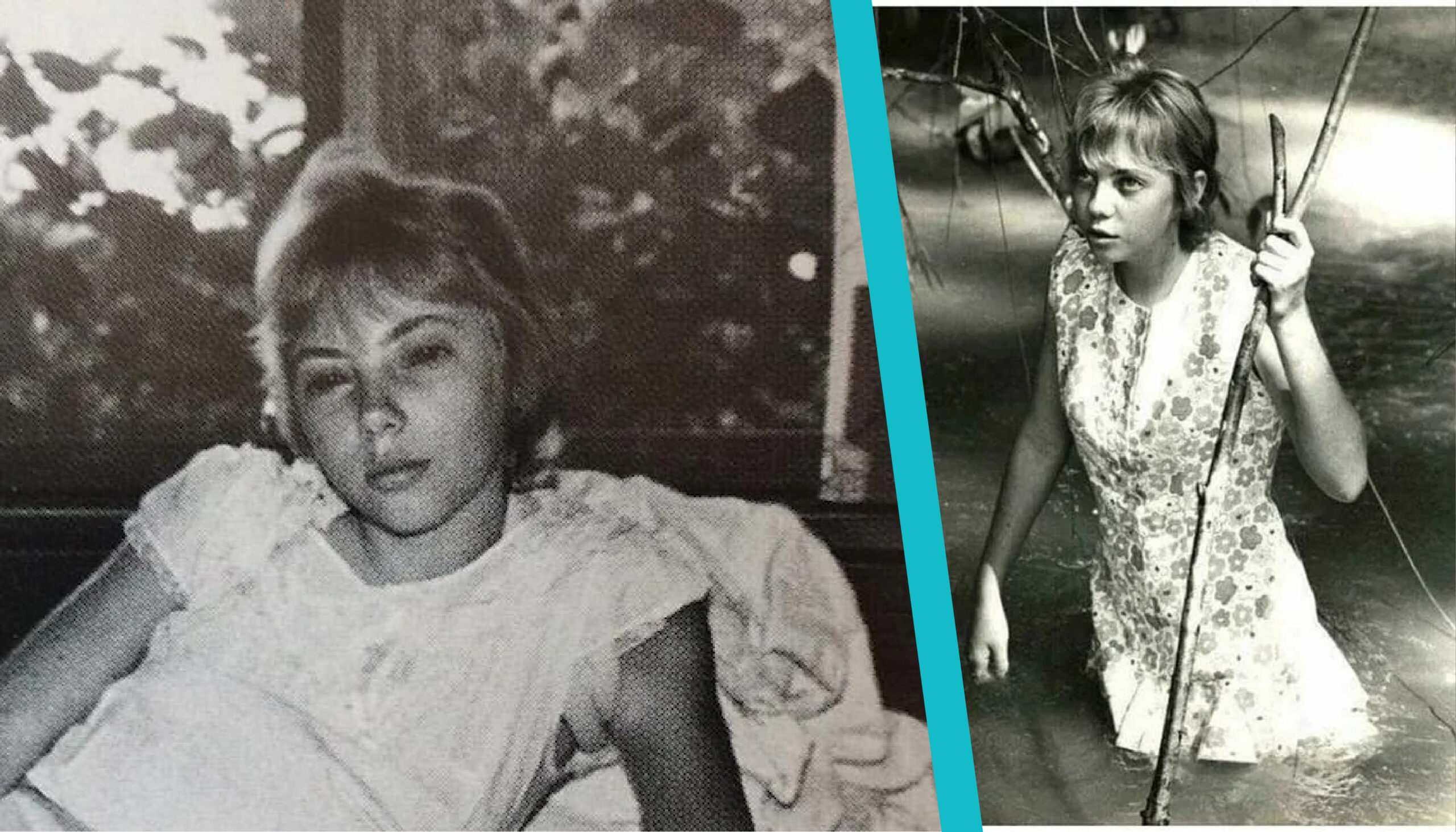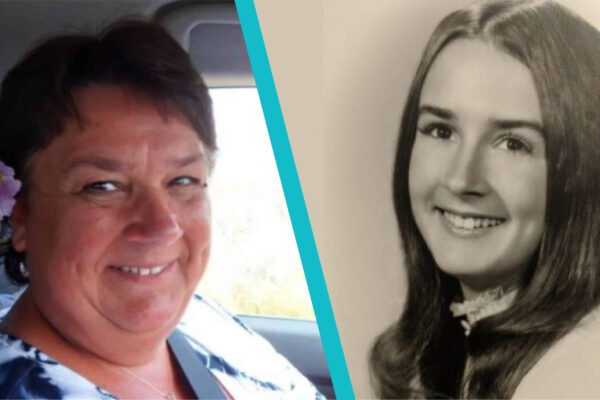Juliane Koepcke’s story is one of the most unbelievable survival tales in modern history. On December 24, 1971, a plane carrying her and 91 other passengers crashed in the middle of the Peruvian Amazon rainforest. Against all odds, Juliane Koepcke, only 17 at the time, became the sole survivor of the disaster. Alone, injured, and terrified, she walked for 11 days through the jungle before finding help. Her courage, knowledge, and strong will made her one of the most inspiring figures in survival history.
Quick Bio Table
| Category | Details |
| Full Name | Juliane Margaret Beate Koepcke |
| Birth Date | October 10, 1954 |
| Birthplace | Lima, Peru |
| Nationality | German-Peruvian |
| Parents | Hans-Wilhelm Koepcke & Maria Koepcke |
| Crash Date | December 24, 1971 |
| Plane | LANSA Flight 508 |
| Survival Duration | 11 Days in Amazon Jungle |
| Education | University of Kiel, Ludwig Maximilian University |
| Profession | Biologist / Mammalogist |
| Famous Work | When I Fell from the Sky (2011) |
| Documentary | Wings of Hope (Werner Herzog) |
| Research Station | Panguana, Peru |
A Young Life in the Jungle
Juliane Koepcke was born on October 10, 1954, in Lima, Peru, to German zoologist parents, Hans-Wilhelm Koepcke and Maria Koepcke. Both her parents were scientists who studied wildlife in the Amazon rainforest. As a child, Juliane often joined them at their research station called Panguana. Growing up among animals and dense jungle, she learned how to navigate rivers, identify plants, and avoid dangerous creatures. These early lessons would later save her life.
The Fateful Flight
On Christmas Eve 1971, Juliane Koepcke and her mother boarded LANSA Flight 508 in Lima. They were flying to Pucallpa to meet her father for the holidays. Just 25 minutes after takeoff, the plane entered a massive thunderstorm. Turbulence shook the aircraft, and passengers screamed as lightning flashed outside. Suddenly, a bolt of lightning struck the plane, causing it to break apart mid-air.
Falling from the Sky
Still strapped to her seat, Juliane Koepcke plummeted 3,000 meters (10,000 feet) from the sky. Miraculously, the thick Amazon canopy slowed her fall. She lost consciousness, and when she awoke, she was lying alone in the jungle. The crash had killed 91 of the 92 passengers, including her mother. Juliane Koepcke was the only person alive.
Explore Further: All About Joe Alfie Winslet Mendes, Kate Winslet’s Second Child
Her Injuries and First Steps
When she regained awareness, Juliane Koepcke realized she was badly injured. She had a broken collarbone, deep cuts, a swollen eye, and wounds on her arms and legs. She was dizzy and in pain but knew she had to move. She searched the area and found a few pieces of wreckage—one small bag of sweets became her only food. Despite fear and exhaustion, she decided to look for her mother, calling out in vain.
Surviving in the Amazon
Juliane Koepcke knew she had to find people to survive. She remembered her father’s advice: “If you get lost, follow water.” So, she began walking along a small stream, hoping it would lead her to civilization. The jungle was loud and dangerous. She was surrounded by mosquitoes, snakes, and crocodiles, yet she stayed calm. During the day, she walked; at night, she slept under leaves or fallen trees to stay dry.
The Harsh Realities
After a few days, Juliane Koepcke’s wounds became infected. Her arm was crawling with maggots, and she was weak from hunger. She drank river water and ate the remaining sweets carefully. Sometimes she found bits of wreckage, a sign she was going the right way. Despite her pain, she never gave up. Her deep connection with nature helped her make smart choices.

Eleven Days of Hope
By the tenth day, Juliane Koepcke was extremely weak. But on the eleventh day, she discovered a small wooden hut near the river. Inside, she found gasoline—she remembered her father once used gasoline to remove maggots from a wound. Using this painful method, she cleaned her infected arm. Then, exhausted, she lay down and waited. Later that day, a group of local lumbermen found her. They gave her food, treated her wounds, and took her by canoe to safety.
Rescue and Recovery
When Juliane Koepcke finally reached help, she was taken to a hospital. She had survived 11 days alone in one of the most dangerous jungles on Earth. Once recovered, she helped rescuers locate the crash site and identify victims, including her mother. Her father, deeply heartbroken but proud, welcomed her home.
Life After Survival
After the tragedy, Juliane Koepcke moved to Germany, where she finished her education. She studied biology and followed in her parents’ footsteps, focusing on mammalogy—the study of mammals. She earned a PhD and returned to Peru to continue her parents’ research at Panguana, which she now manages with her husband, Erich Diller, an entomologist.
The Legacy of Strength
Juliane Koepcke’s experience inspired countless people. Her calm thinking and willpower are now studied as examples of survival psychology. In 2011, she published her autobiography “When I Fell from the Sky”, describing her memories of the crash and her long walk through the jungle. She also appeared in Werner Herzog’s documentary “Wings of Hope”, which honored her and her mother.
Lessons from Her Story
The story of Juliane Koepcke teaches the importance of knowledge, courage, and focus. Many people might have panicked in her situation, but her calmness and early jungle training helped her stay alive. She showed how mental strength can be more powerful than physical strength. Her life is a symbol of how one can turn tragedy into purpose.
Scientific Work and Contribution
Beyond her survival, Juliane Koepcke became a respected scientist. She studied bats and rainforest ecosystems and worked to protect the Amazon’s biodiversity. She also helped expand the Panguana Research Station, turning it into a global center for rainforest research. Her life’s work continues to honor her parents’ passion for nature.
Media and Global Recognition
The name Juliane Koepcke became famous around the world. Her story has been featured in books, documentaries, and survival studies. She has been invited to conferences, where she speaks about resilience, environmental care, and the balance between humans and nature. Her message is clear: respect nature and learn from it.
Why Her Story Still Matters
Even today, people find Juliane Koepcke’s story inspiring. It reminds us of the thin line between life and death, and the power of knowledge. It also warns about the fragility of flight safety and how preparation and awareness can change outcomes. Most importantly, it shows that hope and patience can carry you through even the darkest moments.
Juliane Koepcke’s Life Philosophy
In interviews, Juliane Koepcke often says she feels no anger about what happened. She believes fate and knowledge worked together that day. Instead of letting trauma define her, she used it to strengthen her love for life and science. She continues to live quietly in Germany and travels to Peru for research, protecting the rainforest that once nearly took her life.
Her Impact on the World
Today, Juliane Koepcke is admired as a living example of endurance and wisdom. Her survival story is taught in schools and universities as a real-life example of determination. She also works to raise awareness about conservation and aviation safety. Through her research, she continues to help both people and nature.
Conclusion
The story of Juliane Koepcke is not just about surviving a plane crash—it’s about surviving fear, pain, and loneliness. Her courage continues to inspire people worldwide. She turned a tragedy into a lifelong mission to understand and protect nature. Her life reminds us that even when everything seems lost, hope and knowledge can light the path forward.
Keep Learning: The Story of Ava Caroline Garciaparra: Daughter of Nomar Garciaparra and Mia Hamm
Frequently Asked Questions
1. Who is Juliane Koepcke?
Juliane Koepcke is a biologist who survived a 1971 plane crash in the Peruvian Amazon and walked 11 days alone to safety.
2. How old was Juliane Koepcke when the crash happened?
She was 17 years old when LANSA Flight 508 went down on December 24, 1971.
3. How did Juliane Koepcke survive in the jungle?
She used her childhood knowledge of the rainforest, following rivers and using natural instincts to find help.
4. What is Juliane Koepcke doing today?
She is a scientist who studies rainforest animals and runs the Panguana research station in Peru.
5. Has Juliane Koepcke written a book?
Yes, she wrote “When I Fell from the Sky”, sharing her personal experience and lessons from survival.








